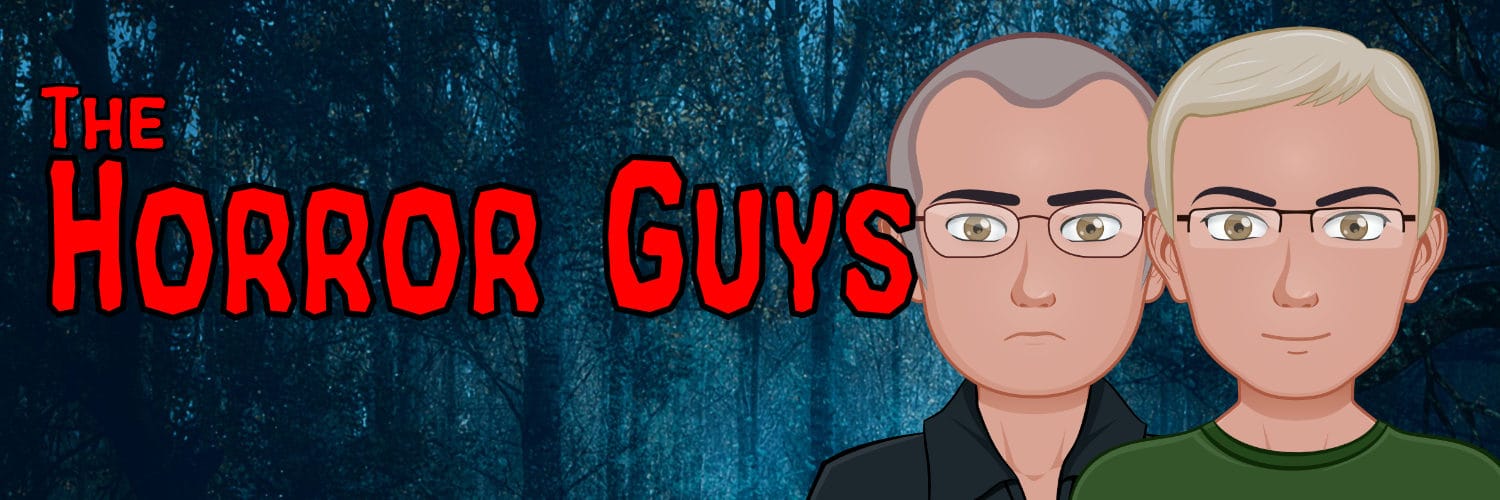- Directed by Kier-La Janisse
- Written by Kier-La Janisse
- Stars Kevin Kolsch, Dennis Widmyer, Piers Haggard
- Run Time: 3 Hours, 14 Minutes
- Trailer: https://www.youtube.com/watch?v=IT3S-bJ_dOI
Synopsis
After a very cool credit sequence, the film begins by asking, what is “Folk Horror?” Folk horror asks, “What if the old ways were right?” “It’s a back-to-the-land kind of thing.” They continue to explain it and detail it throughout.
Although the term “Folk Horror” was first used in the 1930s, there were three especially influential films that got the genre started: “Witchfinder General,” “Blood on Satan’s Claw,” and “The Wicker Man.” They’re all about clashing belief systems and the corruption of the establishment. “Paganism has a habit of surviving.”
Then we move into the literary arena with M.R. James and his works. “Whistle and I’ll Come to You” and “The Stalls of Barchester” are discussed. “Psychomania” and a dozen other films of the early 70s are discussed as part of the “back to the land movement.” Even something like “Quatermass and the Pit” and Nigel Kneale’s work on “Doctor Who” gets included here. This section speaks almost exclusively on British films.
Then we move into part 3, where it discusses paganism and witchcraft as well as feminism and women’s power. “Witchcraft is the only religion that the UK has ever given to the world,” one woman said. “The Wicker Man” and “The Witch” are discussed here, along with many others. Because of the Salem witch trials, the US comes into the witchcraft discussion now. The topic was used in film all the way back to 1922’s “Haxan.”
The next chapter is all about American folklore. Native American/Indigenous people’s mythologies are a great place to start. “Pet Sematary” (1989) is mentioned as well as “Grim Prairie Tales” and even “The Shining.” Lovecraft and New England rural settings come into play here. Shirley Jackson’s “The Lottery” is a great example. Utopianism, cults, and communal living in the 70s were a big influence on a lot of these films, even “Midsommar” and “Children of the Corn.” Voodoo and slave history is also discussed as a particularly American invention, all the way up to “Candyman.”
Part 5 is all about horror around the world. Australia comes first, with “Lake Mungo” and “Wolf Creek,” among others. Israel and Poland get “Demon” (2015), Venezuela with “La Llorona,” Russia with “Viy,” and Japan with “Kwaidan” and “Noroi: the Curse.” Films from Africa, Brazil, France, Germany, Mexico, Iceland, and many others are discussed.
Part six is about the folk horror revival. Newer films, such as “Wake Wood,” “Midsommar,” Pyewacket,” “The Ritual,” and “The Witch” are discussed.
Commentary
This documentary discusses an overwhelming number of movies, a large number of which I’ve not even heard of before, much less actually seen, but I found a list, so hope is not lost. Someday, we’ll get them all…
It’s a very long film, at over three hours. It’s super-in depth and well researched. There’s just a ton of information here, it’s not a fluff documentary. It’s smart and has lots of connections about concepts and films I had not considered before.
Between film clips and interviews there are several fun animated segments used between the “chapters” of the documentary.
Set aside a few hours for this one, but it’s really good. Well worth checking out.

